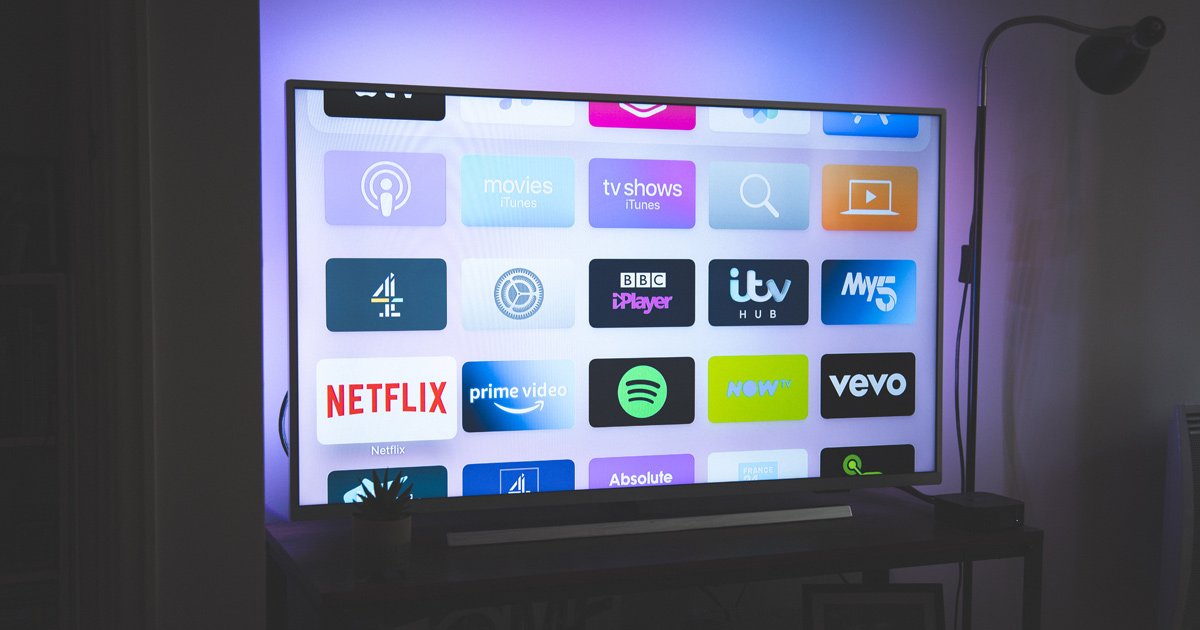Sync Licensing: How to Get Your Music on TV
Getting your music placed on TV shows, movies, commercials, and other media through sync licensing can be a lucrative and rewarding opportunity for music producers and artists. Sync licensing not only provides financial benefits but also increases your exposure to wider audiences. However, navigating the world of sync licensing can be complex. This blog post will guide you through the process of how to get your music on TV.
1. Understand Sync Licensing
Before diving into the steps to get your music on TV, it’s crucial to understand what sync licensing is and how it works.
Sync License: A sync (synchronization) license is an agreement that allows your music to be used in visual media such as TV shows, movies, commercials, video games, and more. It’s called a sync license because your music is "synchronized" with visual content.
Master Use License: Alongside a sync license, a master use license is often required. This license grants permission to use the actual recording of your music.
2. Create High-Quality, Versatile Music
Quality is key when it comes to getting your music placed on TV. Ensure that your tracks are professionally produced, mixed, and mastered. Additionally, creating versatile music can increase your chances of landing placements.
Professional Production: Invest in high-quality production, mixing, and mastering. Poorly produced tracks are less likely to be selected.
Instrumentals: TV shows and commercials often prefer instrumental versions of songs to avoid clashing with dialogue. Ensure you have instrumental versions of your tracks available.
Genre Versatility: Produce music in various genres and moods. Different shows and scenes require different types of music, so having a diverse catalog increases your chances of being selected.
3. Build a Strong Catalog
Having a robust catalog of music increases your chances of landing sync placements. Aim to have a diverse range of tracks that can fit different moods, themes, and genres.
Themed Collections: Organize your tracks into collections based on themes or moods, such as upbeat, dramatic, romantic, or suspenseful. This makes it easier for music supervisors to find what they need.
Consistency: Maintain consistency in quality and style within your catalog. This helps build your reputation and makes you a reliable source for music supervisors.
4. Register Your Music
Registering your music with the necessary organizations ensures you get paid when your music is used.
Performance Rights Organizations (PROs): Register with a PRO (like ASCAP, BMI, or SESAC in the US) to collect royalties for public performances of your music. Sync placements generate performance royalties when your music is broadcast on TV.
Content ID: Use platforms like YouTube Content ID to monetize your music on video platforms.
Metadata: Ensure your tracks have proper metadata (title, composer, contact info) embedded. This helps music supervisors track and credit your music correctly.
5. Network with Industry Professionals
Building relationships with key industry players is crucial for getting your music placed on TV. Networking with music supervisors, licensing agencies, and other industry professionals can open doors to sync opportunities.
Music Supervisors: These professionals are responsible for selecting and licensing music for TV shows, movies, and other media. Research and reach out to music supervisors who work on projects that fit your music style.
Licensing Agencies: These agencies specialize in placing music in visual media. Partnering with a reputable licensing agency can significantly increase your chances of landing placements.
Industry Events: Attend industry events, conferences, and workshops to meet and network with music supervisors, producers, and other professionals.
6. Submit Your Music
Once you’ve built a strong catalog and networked with industry professionals, it’s time to start submitting your music for sync opportunities.
Pitch Directly: If you have contacts with music supervisors or production companies, pitch your music directly to them. Personalize your pitches and include links to your music.
Online Platforms: Use online platforms and marketplaces that connect musicians with sync opportunities. Sites like Musicbed, Songtradr, and Taxi are popular for submitting music for sync licensing.
Licensing Agencies: If you’re working with a licensing agency, they will handle submissions and negotiations on your behalf. Ensure you provide them with a well-organized catalog and any necessary information.
7. Negotiate and Understand Contracts
When you get an offer for a sync placement, it’s essential to understand and negotiate the terms of the contract.
Usage Terms: Clarify how and where your music will be used, including the duration and specific scenes or episodes.
Exclusivity: Determine whether the agreement is exclusive or non-exclusive. Exclusive agreements limit your ability to license the track to other projects, while non-exclusive agreements allow more flexibility.
Payment Terms: Understand the payment structure, including upfront fees, royalties, and any other compensation. Ensure the contract outlines how and when you will be paid.
Rights and Ownership: Ensure you retain your rights and ownership of the music unless you agree to transfer them.
8. Promote Your Sync Placements
Once you’ve secured a sync placement, promote it to maximize exposure and leverage future opportunities.
Social Media: Share your sync placements on social media platforms to showcase your success and attract attention from other industry professionals.
Press Releases: Issue press releases to announce significant placements. This can help build your reputation and credibility.
Portfolio: Create an online portfolio or website featuring your sync placements. This serves as a showcase for potential clients and collaborators.
Conclusion
Sync licensing is a valuable opportunity for music producers and artists to monetize their work and gain exposure. By understanding the sync licensing process, creating high-quality music, building a strong catalog, networking with industry professionals, and effectively submitting and promoting your music, you can increase your chances of landing placements on TV. Stay persistent, keep refining your craft, and seize every opportunity to get your music heard by a wider audience.





